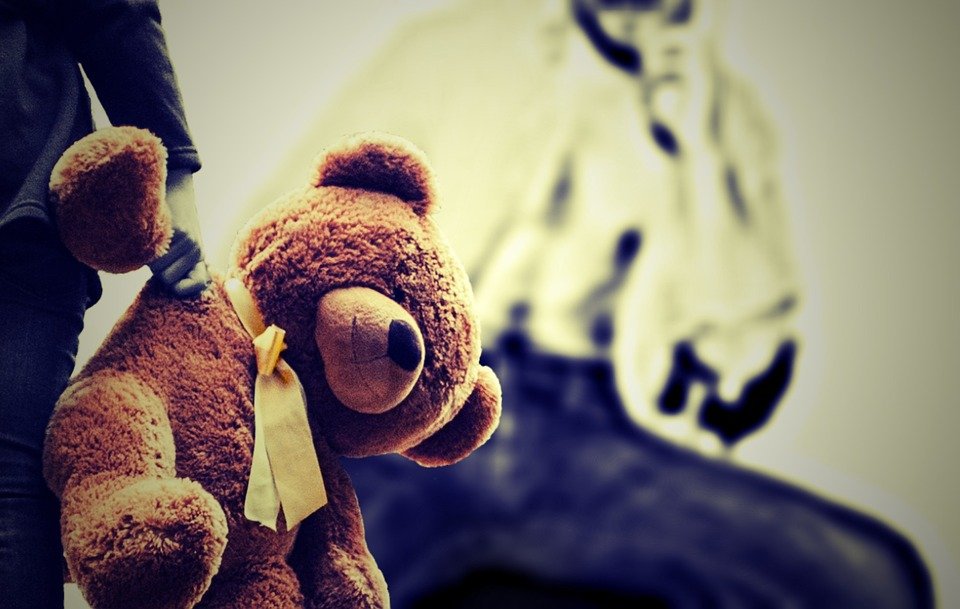- Free Consultation: 866-695-6714 Tap Here To Call Us
Telltale Signs of Domestic Abuse and Getting Help

Domestic violence is a complex crime that often consists of smaller acts that appear to be less serious and benign. But studies show that these acts become more frequent and violent. Domestic violence doesn’t always start out as physical abuse, it starts as a little act of intimidation, and almost always involves the use of social isolation. The violence ramps up once the victim has been cut off from their support system.
Signs of Domestic Violence
The biggest red flag is fear. The victim is scared to say what they really think, or are fearful of refusing intimacy. There is no room for fear and intimidation in any healthy relationship.
Common signs of domestic violence include:
- Blaming the partner for abusing them
- Accusing them of having an affair
- Criticizing them for their behavior
- Dictating what they should and shouldn’t wear
- Threatening to kill the victim or someone they care about
- Throwing things randomly, punching the walls, and acting in a violent manner
- Yelling at the victim to make them feel small
Victims being physically abused will have visible markings of injuries all around their bodies. These patterns are only possible if they are being choked, punched, or knocked around. The victim will often try to downplay the severity of their injuries and will have a poor explanation for them.
Obvious indications of physical abuse include:
- Black and blue marks on the arm
- Bruised lips
- Wrist sprain because it was twisted or bent out of shape
- Red marks around the neck
- Bruising around the eye consistent with a punch
The victim will often try to cover the obvious signs of domestic abuse with accessories. For example, they may wear scarves or long sleeves when it is not customary to do so. They may wear heavier makeup or hide the bruises around their eyes with sunglasses.
Domestic Abuse Causes a Shift in Behavior
Victims exposed to domestic abuse are likely to develop behavioral problems. For example, an otherwise cheerful and outgoing person will become more quiet and distant from their social circles. This is a major red flag that points toward domestic abuse.
Victims will become:
- Reserved and withdrawn
- Isolated from their social circle
- Cancel meetings at the last minute
- Is late for work and other appointments
The Risk of Domestic Abuse
Domestic violence can take any forms including psychological, physical, financial, emotional, and sexual abuse. Although it can affect anyone in the community, the majority of victims are women and children. On the other hand, the majority of perpetrators are male, while there have been exceptions.
The risk of domestic abuse is greater when the relationship is at its breaking point. Other risk factors include substance abuse, addiction to alcohol, pregnancy, and mental illness.
The Cycle of Domestic Abuse
The cycle of domestic abuse involves different phases. It starts when there is friction between the couple and involves either verbal or emotional abuse from one partner (in most cases). The behavior worsens progressively and the person being abused may start to get more careful around the perpetrator.
Then comes the escalation part, where things escalate to the point of violence.,
It is common for the perpetrator to feel remorseful or ashamed of their behavior. They may try to justify it. The abuser will genuinely seek to rectify their behavior and be more considerate towards their victim. Unbeknownst to both the abuser and abused, the couple enters a honeymoon phase where things appear to get better.
However, there is a very high likelihood of the cycle starting over – from friction to escalation to actual cases of violence.
What Can I Do if I’m in an Abusive Relationship?
The best thing you, or anyone else who is being abused, can do is to leave the relationship. In case of immediate threat, call 911. It is important to prioritize self-preservation above everything else. Talk to the police and someone you trust, whether it’s a family member or friend. Then come up with a plan to leave the relationship.
If it is safe enough to confront the abuser, let them know their behavior is unacceptable and inform them of your decision to leave. In case the abuser decides to not respect your boundaries, call for help right away.
You are not at fault and you are not alone. But you have to take actionable steps to put more distance between yourself and the abuser.
If you would like to take your case to court, call a California Domestic Violence Attorney with experience in domestic abuse on how best to proceed. If you are accused of domestic violence, contact our criminal defense lawyers who have years of legal experience in navigating this complex landscape. Click here for Free Consultation.









